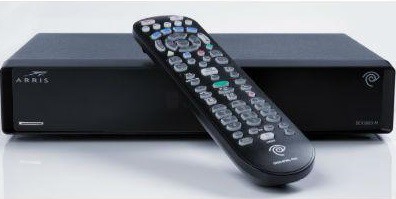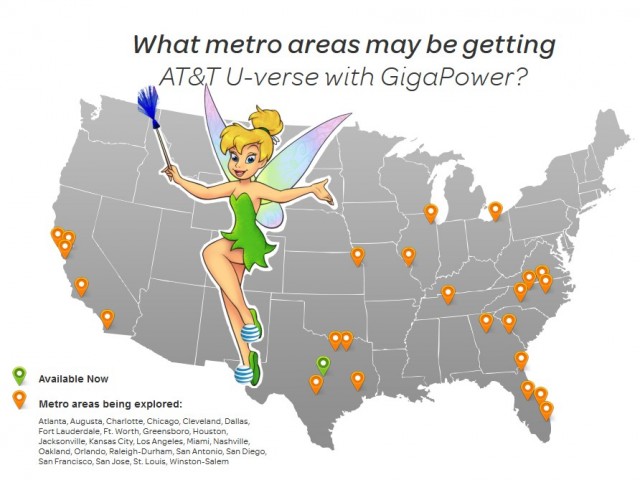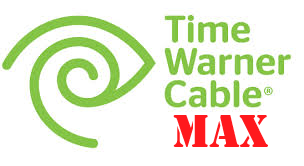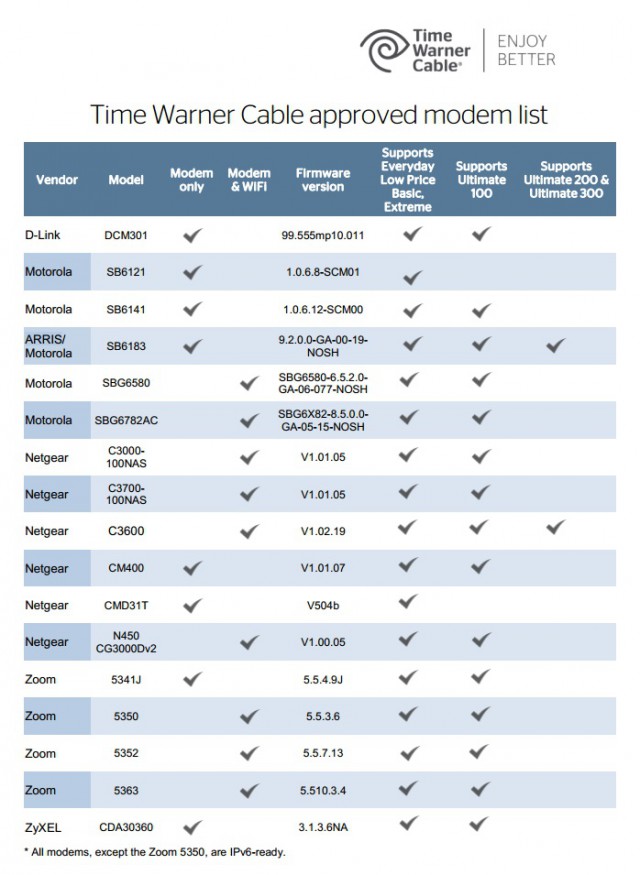
Arris DCX 3600 enhanced DVR for Time Warner Cable Maxx customers
Time Warner Cable’s enhanced DVR is here, at an enhanced price starting at $26/month.
Time Warner customers have long waited for an upgraded DVR capable of storing and recording more shows, and the Arris DCX 3600 is the result.
Available soon in Los Angeles and New York (and later in other TWC Maxx-upgraded markets), the enhanced DVR includes six tuners and 1TB of storage, enough to keep around 150 hours of HD programming.
The DVR includes QAM/RF-capability and a DOCSIS 3 modem built into the box. Time Warner Cable has set the monthly price for the box at $15.99 for single room DVR service, $19.99 a month for whole-house DVR service. An additional equipment rental fee also applies: $10.25/mo for the box and remote control, $11.75/mo if you are subject to Time Warner’s “additional outlet service fee.” That means customers will pay up to $31.74 a month for the DVR alone. Customers who subscribe to a bundled service package will likely pay significantly lower rates for the enhanced DVR.
Time Warner arrives very late to the DVR competition wars. Its current boxes can usually record only up to two shows at once and storage space, usually enough for 80 hours, may require customers to clear out older shows to make room for new ones.
Time Warner’s competitors are still able to beat Time Warner’s new DVR:
- AT&T U-verse comes closest to Time Warner, offering a four tuner DVR that can store up to 422 hours of SD programming, 155 hours in HD;
- Comcast is testing its new X1 video platform that can record 15 programs at the same time by linking together multiple HD-DVRs;
- Dish Network’s Hopper HD-DVR can record eight shows at once, and DirecTV’s Genie can manage five recordings at the same time;
- Verizon FiOS Quantum TV customers can record a maximum of 12 shows at once and its DVR package offers 2TB of storage.
The new equipment should be available in New York and Los Angeles by the end of this month and will gradually be introduced in other TWC Maxx cities planned for upgrades: Charlotte, N.C., Dallas, Tex., Hawaii, Raleigh, N.C., San Antonio, Tex., and San Diego. No word on when the new boxes will be available in Austin, Tex., where upgrades are already underway.
Customers in other Time Warner Cable cities will have to make do with older DVRs until either Time Warner schedules Maxx upgrades or Comcast succeeds in buying Time Warner.


 Subscribe
Subscribe
 Earthlink customers in New York, Los Angeles and Austin are receiving letters from Time Warner Cable advising them they qualify for the same speeds Time Warner Cable broadband customers are receiving as part of the TWC Maxx upgrade program.
Earthlink customers in New York, Los Angeles and Austin are receiving letters from Time Warner Cable advising them they qualify for the same speeds Time Warner Cable broadband customers are receiving as part of the TWC Maxx upgrade program. Stop the Cap! reader Iris was immediately suspicious about the tone of Time Warner’s letter, which has the potential of confusing customers that own their own cable modems. The letter suggests customer-owned equipment might not be compatible with the speed upgrades. Customers are given a phone number to verify their eligibility, and some who have contacted Time Warner Cable report back they have been given a brief sales pitch to ditch their own modem in favor of one from Time Warner Cable, which costs $5.99 a month forever.
Stop the Cap! reader Iris was immediately suspicious about the tone of Time Warner’s letter, which has the potential of confusing customers that own their own cable modems. The letter suggests customer-owned equipment might not be compatible with the speed upgrades. Customers are given a phone number to verify their eligibility, and some who have contacted Time Warner Cable report back they have been given a brief sales pitch to ditch their own modem in favor of one from Time Warner Cable, which costs $5.99 a month forever.


